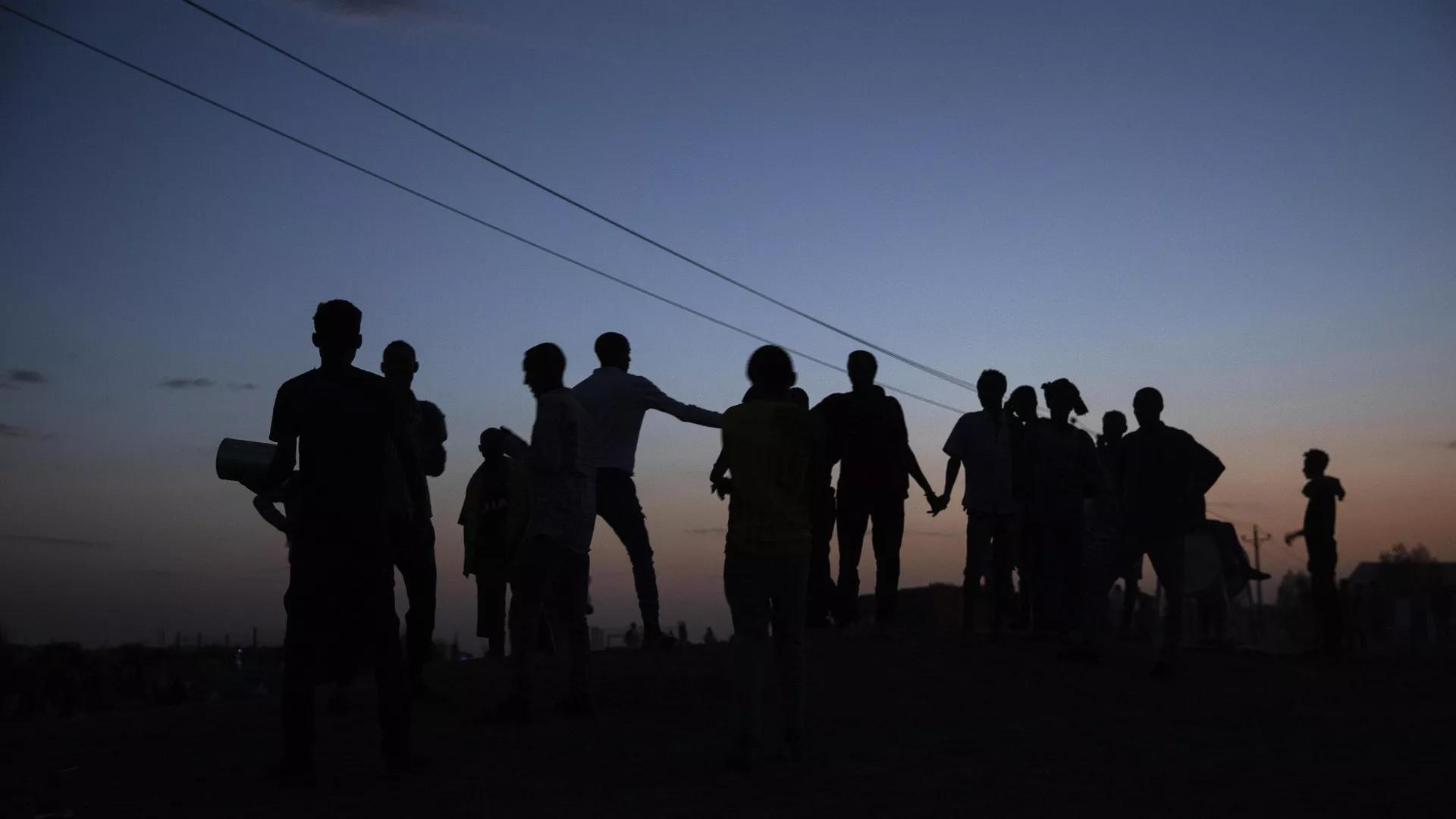Africa-Press – Cape verde. Over the past few decades, migration – caused by a surge in armed conflicts, climate change, unemployment and poverty among other things – has been one of the burning issues facing governments across Africa and beyond.
Under the framework of the Regional Migrant Response Plan (MRP) for the Horn of Africa and Yemen, the International Organization for Migration (IOM), a United Nations agency that provides migration-related services and advice to governments and migrants, appealed for $84 million last week to “provide humanitarian and development assistance to more than a million migrants and the communities hosting them.”
The Horn of Africa is expected to witness a surge in migration throughout 2023, with migrant numbers estimated by humanitarian organizations reaching 1.4 million, mainly from Ethiopia, Somalia and Djibouti. The migrants are expected to travel across the Red Sea along the Eastern Route to war-torn Yemen and then move on to other Gulf countries.
According to the UN, as of December 2022, at least 45,072 migrants were stranded on the Eastern Route between Djibouti and Yemen, in addition to the already 43,000 stranded in Yemen.
Sputnik looks back at the largest migration crises in the history of the African continent. The list is based on the number of refugees and migrants in each case.
1. Mozambican Civil War, 1977-1992
The Mozambican Civil War took place in the south-eastern African country between 1977 and 1992. It was fought between Mozambique’s ruling Marxist Liberation Front of Mozambique (FRELIMO) and the anti-communist insurgent forces of the Mozambican National Resistance (RENAMO), and a number of smaller factions.
More than a million people died during that war, either as the result of direct military activities or of hunger. The war also resulted in more than 5.7 million Mozambicans being internally displaced, and another 1.7 million forced to migrate across the south-eastern African region.
2. Rwandan Genocide, 1994-1996
The genocide that took place in the Great Lakes region of Central Africa against the Tutsi ethnic group in the period between 1994 and 1996 led to one of the widest-scale migration crises the African continent has witnessed.
The two-year armed conflict, during which approximately 800,000 people were killed, led to the displacement of about 2.1 million people to neighboring countries in the region, Furthermore, over 1.5 million others were displaced internally, according to estimates of the United Nations High Commissioner for Refugees (UNHCR).
3. South Sudanese Civil War, 2013-2020
South Sudan is Africa’s youngest nation. The East African country separated from the Republic of Sudan in 2011 after a referendum, but soon succumbed to a devastating, multi-sided civil war between government and opposition forces.
The seven-year conflict resulted in more than 4 million South Sudanese people displaced, including over 2.5 million leaving the country entirely and fleeing to neighboring countries such as Sudan, Ethiopia, Kenya and Uganda.
4. First & Second Libyan Civil Wars, 2011, 2014-2020
Libya was dragged into a civil war in 2011 in the wake of the so-called Arab Spring anti-government uprisings. The country fell victim to intervention by European and Western nations and was divided between two opposing governments after the country’s long-standing leader, Muammar Gaddafi, was killed.
The first civil war lasted for eight months, and the second – which started three years later – came to an end in June 2020. The two conflicts resulted in the displacement of at least one-third of the North African country’s pre-war population of 6 million.
Although the civil war ended more than two years ago, the situation is still unstable in Libya because of the activities of terrorists and armed extremist groups.
5. Somali Civil War, 1991 to the Present
The Somali civil war has been one of the biggest crises on the continent, dating back to 1991 when various armed factions started competing for influence to fill the power vacuum left behind after Mohamed Siad Barre’s military government was ousted.
The ongoing conflict, aggravated by droughts and hunger, has led to the displacement of more than 3.8 million people, according to the UNHCR. According to the UN, there are more than 800,000 Somali refugees and asylum seekers worldwide, with almost 3 million people internally displaced across the country in the Horn of Africa. Which African Countries Are Hosting The Biggest Refugee Population in 2023?
Generally speaking, it is hard to find a nation on the continent that does not play host to refugees and migrants to some extent. However, there are some African countries that have been a more popular destination than others for many migrants because of their open-door policies and their reputation for providing safe and dignified shelter for asylum seekers.
The first such nation is Uganda, where the refugee population has been steadily growing over the past few years. As of late 2022, the East African country has accommodated around 1.5 million refugees, more than two-thirds of whom are from South Sudan and the Democratic Republic of the Congo, according to the United Nations.
The next country on the list would be Sudan, where, as of late 2022, at least 1.1 million refugees have found safe haven. More than 800,000 of the refugee population in Sudan are from South Sudan. The rest of the refugees are mainly from Ethiopia’s Tigray region, and Somalia. Sudan also opened its door to refugees from outside the African continent, in particular to refugees from Syria and Yemen because of the ongoing civil wars there.
Ethiopia is another African nation that is a prominent destination for refugees. Given its location at the center of the Horn of Africa, the country is taking care of more than 867,000 refugees, mainly from neighboring South Sudan, Somalia, and Eritrea. Among other African nations taking in large numbers of migrants and refugees from neighboring countries are Kenya, Egypt, Tunisia and Mauritania.
For More News And Analysis About Cape verde Follow Africa-Press






